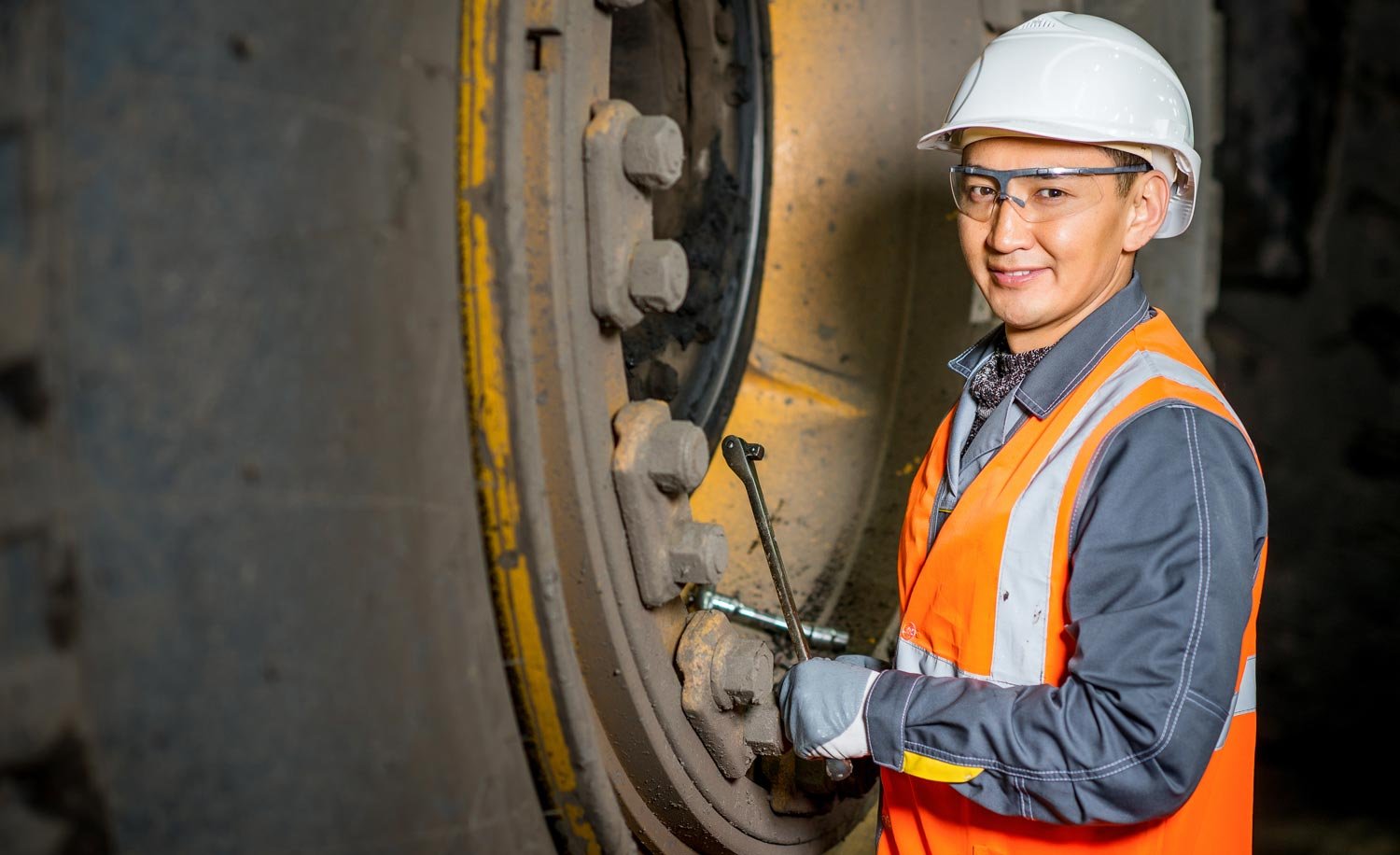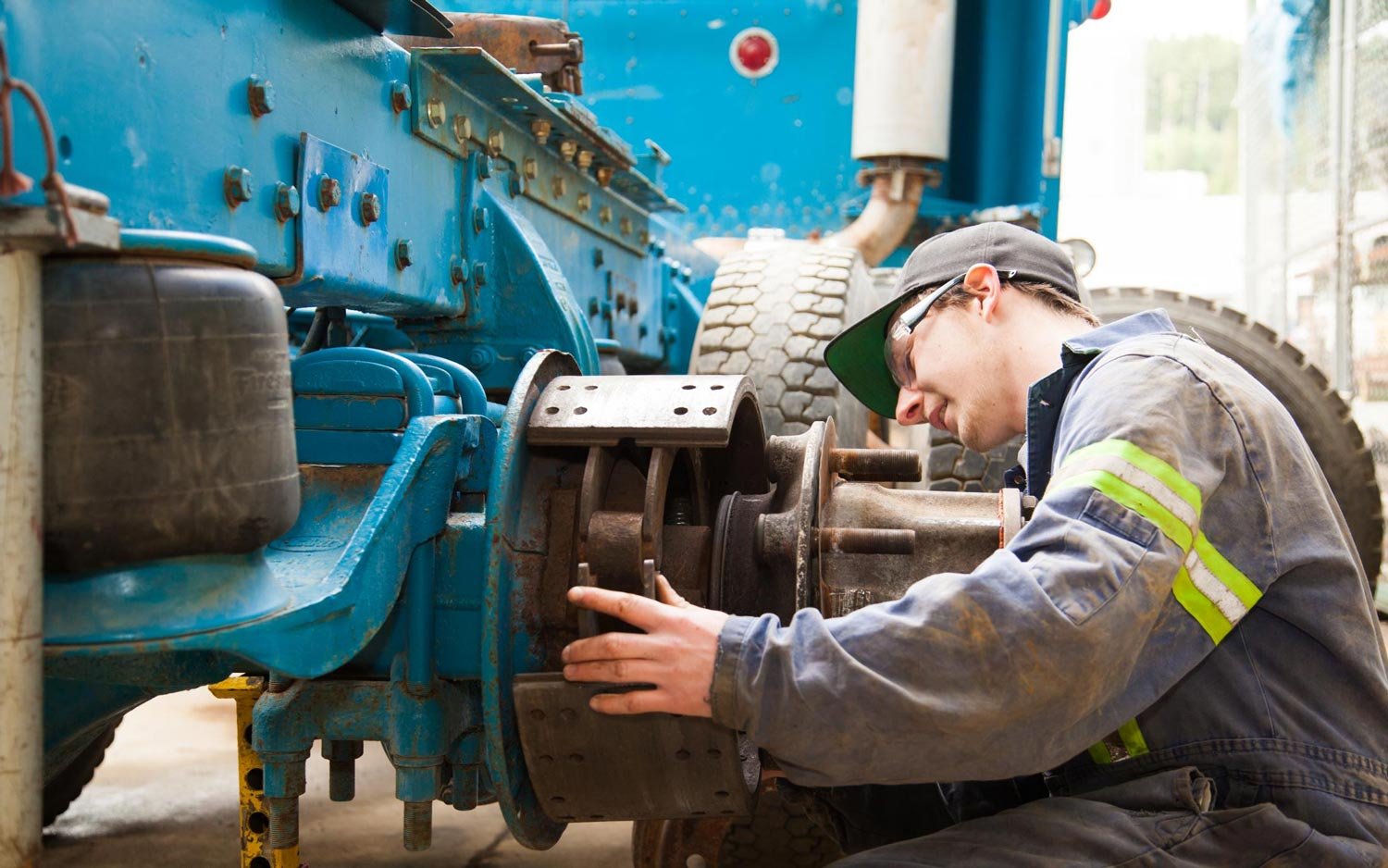About Heavy Vehicle Mechanical
Working as a Heavy Vehicle Mechanic you will work on a range of heavy vehicles such as trucks, buses, construction and earthmoving equipment. You will inspect, service and repair engines, gearboxes, electrical and electronic systems and hydraulics. You may carry out service and repair work of vehicles both on-site and in a workshop.
To become a trade certified Heavy Vehicle Mechanic, you generally complete an apprenticeship which results in a Certificate III in Heavy Commercial Vehicle Mechanical Technology. The apprenticeship usually takes 48 months to complete.
The apprenticeship program features on the job training under the supervision of a qualified Heavy Vehicle Mechanic and off the job training at a registered training provider such as a WA TAFE college.
The training
During the training program to become a Heavy Vehicle Mechanic, you will learn practical skills and underpinning knowledge. A training program will be created for you that will include such competencies as how to:
Skills you will learn
During the training program to become an Electrician, you will learn practical skills and underpinning knowledge. A training program will be created for you that will include such competencies as how to:

Follow environmental and sustainability best practice in an automotive workplace
Follow safe working practices in an automotive workplace
Test and repair basic electrical circuits
Diagnose and repair vehicle dynamic control systems
Diagnose and repair compression ignition engine management systems
Test, charge and replace batteries and jump-start vehicles
Diagnose and repair charging systems
Diagnose and repair starting systems
Diagnose and repair heavy vehicle air braking systems
Diagnose and repair heavy commercial vehicle steering systems
Diagnose and repair heavy commercial vehicle suspension systems
Diagnose and repair heavy vehicle compression ignition engines
Diagnose and repair heavy vehicle drive shafts
Diagnose and repair heavy vehicle emission control systems
Inspect and service hydraulic systems
Carry out servicing operations
Develop and carry out diagnostic test strategies
Diagnose and repair cooling systems
Inspect and service diesel fuel injection systems
Diagnose and repair engine forced-induction systems
Use and maintain tools and equipment in an automotive workplace
Inspect and service final drive assemblies
Diagnose and repair heavy vehicle manual transmissions
Communicate effectively in an automotive workplace
Work effectively with others in an automotive workplace
Diagnose and repair electronic body management systems
Service air conditioning and HVAC systems
Retrofit automotive air conditioning and HVAC systems
Diagnose and repair heavy vehicle hydraulic and air over hydraulic braking systems
Carry out heavy vehicle wheel alignment operations
Remove, inspect and refit heavy vehicle wheel and tyre assemblies
Remove, inspect, repair and refit heavy vehicle tyres and tubes
Diagnose and repair heavy commercial vehicle final drive assemblies
Select and use bearings, seals, gaskets, sealants and adhesives
Inspect and service suspension systems
Inspect and service engines
Career Pathway examples for Heavy Duty Mechanical
Please note that programs can vary to some degree and this list is an example only.
| Certificate II | Certificate III | Certificate IV | Diploma | Advanced Diploma |
|---|---|---|---|---|
| Assistant Mechanic Outdoor Power Equipment Serviceperson |
Heavy Vehicle Mechanic Diesel Engine Mechanic Agricultural Mechanic |
Automotive Heavy Vehicle Master Technician |
- |
- |

